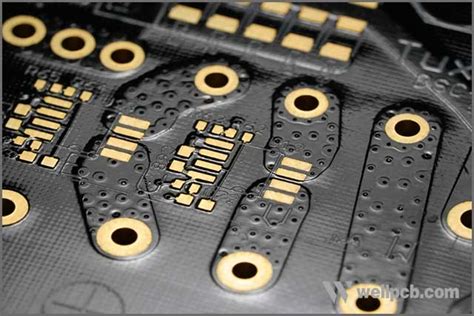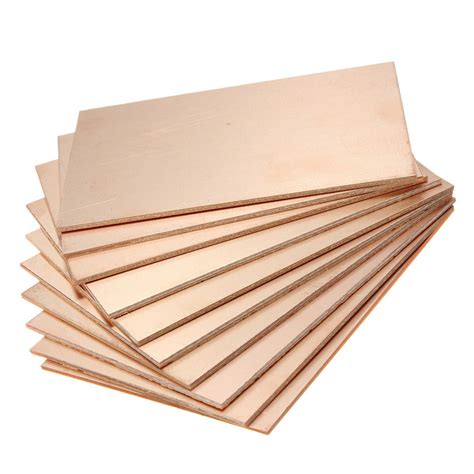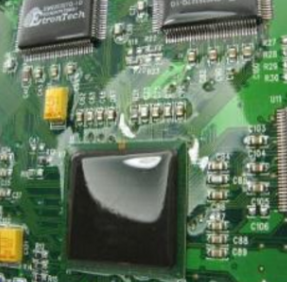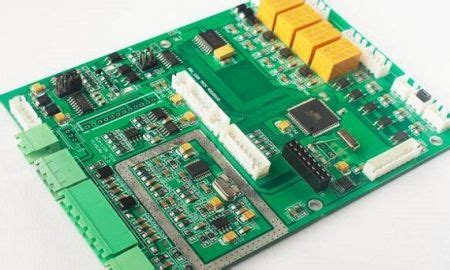The Essentials of Bare Printed Circuit Board Manufacturing

Key Takeaways
In the realm of bare printed circuit board (PCB) manufacturing, understanding the essentials can significantly enhance your approach to producing quality PCBs. One of the foundational aspects to consider is the pcb manufacturing cost, which can vary based on materials, techniques used, and the scale of production. It’s essential to partner with reputable pcb manufacturing companies that prioritize quality control and innovative processes. Ensuring that you are aware of every step in the pcb manufacturing business—from design to final output—will greatly aid in mitigating issues that can arise during production. Remember that small shifts in design or materials can have large impacts on both performance and cost.
“Investing time in understanding PCB design intricacies will pay off during production, leading to more efficient processes and better end products.”
Staying informed about the latest innovations in bare PCB production is also crucial, as technology constantly evolves. This will not only help you keep costs down but also ensure that your products meet all necessary industry standards. In summary, knowledge of key processes and a focus on quality will serve as guiding principles for success in the PCB manufacturing field.
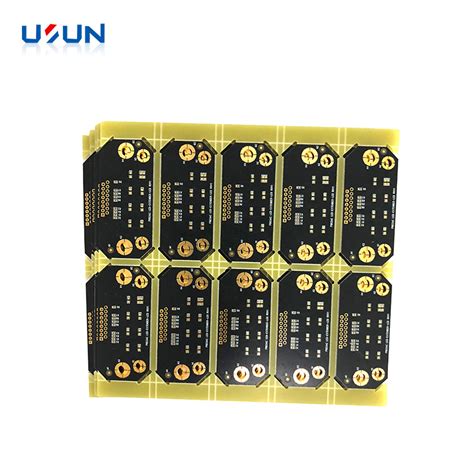
Introduction to Bare Printed Circuit Boards
When it comes to bare printed circuit board (PCB) manufacturing, understanding the foundational concepts is crucial for anyone involved in the pcb manufacturing business. Bare PCBs serve as the backbone of electronic devices, providing the necessary electrical connections for components such as resistors, capacitors, and integrated circuits. You will find that the process requires several key materials, including copper-clad laminates and substrates like FR-4, which contribute to both conductivity and insulation. By familiarizing yourself with these materials, you’ll gain insights into how they affect pcb manufacturing cost and overall quality.
The steps involved in bare PCB manufacturing can vary depending on the complexity of your design and specific requirements set by various pcb manufacturing companies. For instance, methods like photolithography, etching, and drilling play pivotal roles in forming the conductive pathways that define your circuit board. Each of these processes emphasizes precision and attention to detail; neglecting them can lead to faulty products and increased costs.
In essence, understanding the foundational elements of bare PCB production not only enhances your knowledge but also equips you with valuable insights that can improve your decision-making as you navigate through options offered by various manufacturers. Engaging with this knowledge empowers you to better evaluate potential partnerships or investments within the evolving landscape of pcb manufacturing technology.
| Material | Function |
|---|---|
| Copper Foil | Conductivity |
| FR-4 Substrate | Insulation |
| Solder Mask | Protection & Insulation |
Ultimately, a strong grasp of these fundamentals can help you leverage opportunities within the fast-paced realm of electronics while facilitating a smoother experience working with manufacturers.
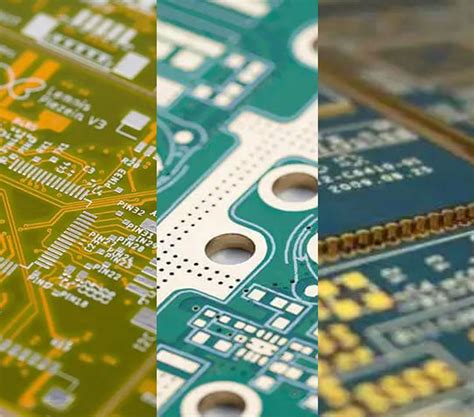
Key Processes in Bare PCB Production
The pcb manufacturing process involves several essential stages that ensure the production of high-quality bare printed circuit boards. Initially, you must begin with thorough planning, which includes determining the specifications and layout of the board. This is crucial as it lays the groundwork for decisions regarding materials and manufacturing techniques. Next, the selection of suitable materials is vital; pcb manufacturing companies often utilize substrates such as fiberglass or epoxy resin that offer durability and effective electrical insulation.
Once you have chosen your materials, the process typically involves cutting and layering them according to your design requirements. The use of advanced technology facilitates precision in etching copper layers that form electrical pathways on the PCB. During this stage, it is critical to manage the pcb manufacturing cost effectively while maintaining quality standards since any error during this phase can escalate costs significantly in later stages of production.
After etching, drilling holes for components is another integral process. You can employ laser or mechanical drilling techniques to achieve the required precision for component placement. Following this, applying a solder mask protects your conductive pathways during soldering operations, which is essential for ensuring reliable performance in electronic devices.
Finally, thorough quality control measures must be implemented throughout these stages to identify defects early and reduce rework or rejects within your pcb manufacturing business. This might include visual inspections and automated optical inspection (AOI) systems which assess the integrity of boards produced against provided specifications.
Understanding and mastering these key processes set a solid foundation for successful bare PCB production while minimizing common challenges that may arise during fabrication.
Quality Control Measures in PCB Manufacturing
In the realm of pcb manufacturing, quality control is paramount to ensure the reliability and performance of the final product. As you engage with pcb manufacturing companies, it’s essential to understand that these organizations implement a variety of quality control measures throughout the production process. This begins with thorough inspections of raw materials used in your circuit boards, ensuring they meet specified standards for durability and conductivity.
Once production commences, techniques such as Automated Optical Inspection (AOI) and electrical testing are conducted at different stages to identify defects early on. Maintaining a consistent pcb manufacturing cost hinges on these quality checks; issues detected at later stages can lead to substantial increases in both time and expenditure. Moreover, your relationship with a pcb manufacturing business should focus on their commitment to continuous improvement practices, including regular audits and performance evaluations, which play a vital role in minimizing waste and enhancing overall product quality.
By prioritizing these stringent quality control measures, you not only safeguard your investment but also contribute to the delivery of reliable electronic circuits that can stand the test of time. Prioritizing quality assurance in pcb manufacturing can significantly impact the longevity and efficiency of your electronic projects.
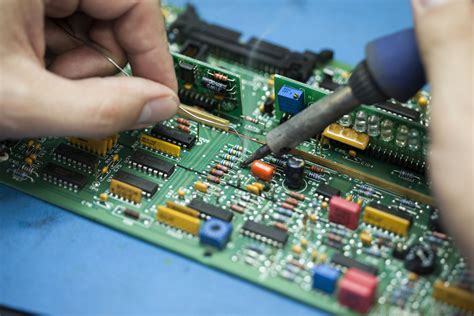
Innovations in Bare Printed Circuit Board Technology
In the fast-evolving world of bare printed circuit board manufacturing, recent innovations have played a crucial role in enhancing the capabilities and efficiency of PCB manufacturing. You may find that advancements in materials science, such as the development of high-frequency laminates, have significantly improved performance and signal integrity for high-speed applications. Additionally, innovations like automated assembly processes and advanced machinery not only reduce labor costs but also minimize the PCB manufacturing cost, making it more feasible for both emerging businesses and established PCB manufacturing companies to scale their operations. Implementing cutting-edge software tools helps in optimizing designs and improving the accuracy of production processes. As you explore the landscape of PCB technology, consider how these innovations can impact your own pcb manufacturing business by increasing production efficiency and product quality. The integration of sustainable practices by adopting eco-friendly materials also reflects a growing awareness towards environmental responsibility within the industry, paving the way for a more sustainable future. Ultimately, staying informed about these advancements can provide you with a competitive edge in the dynamic field of PCB manufacturing, ensuring that your products meet contemporary market demands while adhering to high standards of reliability.
Conclusion
In conclusion, understanding the bare printed circuit board manufacturing process is essential whether you are involved in a pcb manufacturing business or simply interested in the topic. This industry is characterized by several stages, including design, materials selection, fabrication, and rigorous quality control measures. The pcb manufacturing cost can vary significantly based on materials and complexity, making it critical for you to assess what aligns with your project requirements. As you explore different pcb manufacturing companies, consider their technologies and innovations that may enhance production efficiency and quality. Addressing common challenges encountered during production is also vital for ensuring successful outcomes. As you move forward, remember that the landscape of pcb manufacturing is ever-evolving, and staying informed can position you well for upcoming advancements in technology and processes. Each step of the way offers opportunities to improve your understanding and enhance the overall quality of your electronic circuits.
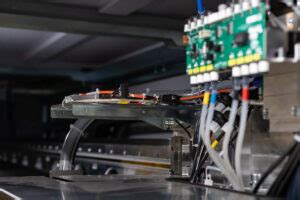
FAQs
What is PCB manufacturing?
PCB manufacturing refers to the process of creating printed circuit boards, which are essential components in electronic devices. This involves various stages such as designing, etching, and assembling the layers of materials that provide electrical connectivity.
What materials are typically used in PCB manufacturing?
The most common materials used in PCB manufacturing include copper, FR-4 (a fiberglass-reinforced epoxy laminate), and solder mask. These materials ensure durability and conductivity, crucial for the performance of electronic circuits.
How do I calculate the PCB manufacturing cost?
The PCB manufacturing cost can vary based on factors such as size, complexity, and the number of layers. Generally, you will need to consider material costs, labor costs, and additional overheads that impact your overall production budget.
What should I look for in a PCB manufacturing company?
When selecting PCB manufacturing companies, consider their reputation for quality, turnaround time, range of services offered, and their ability to accommodate custom designs. It’s important to partner with a business that aligns with your specific project requirements.
What are common challenges faced in PCB manufacturing?
Common challenges in PCB manufacturing include design errors, material defects, and production delays. Addressing these challenges involves thorough planning and quality control measures at each stage of production.
How can I start a PCB manufacturing business?
To start a PCB manufacturing business, you should conduct market research to understand demand, obtain necessary equipment and machinery for production, secure suppliers for materials, and establish quality control processes to deliver high-quality products.

